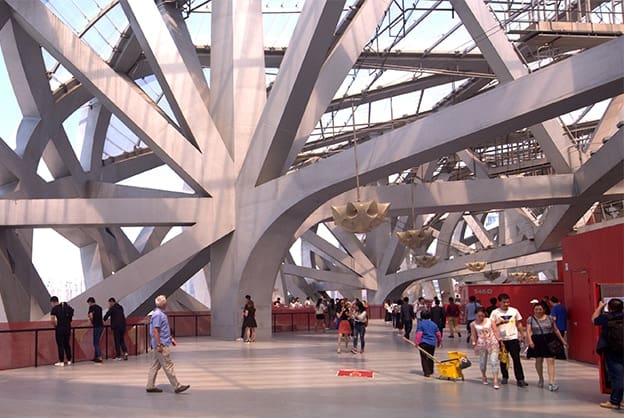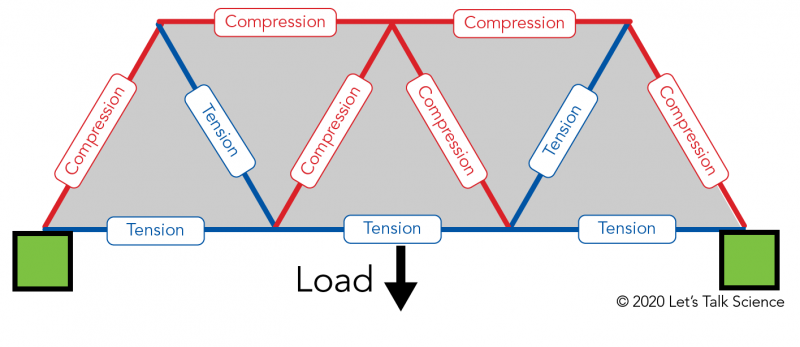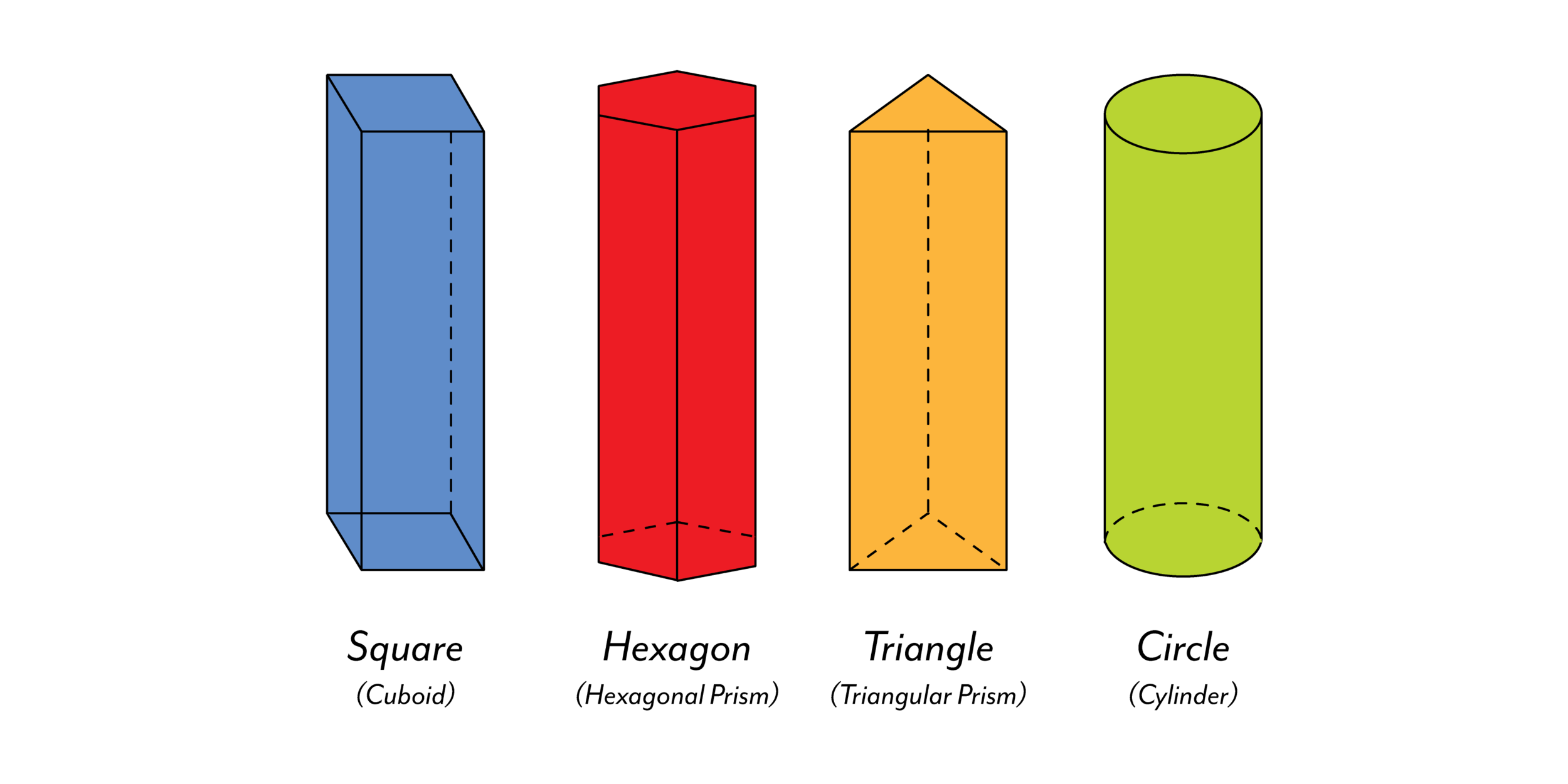What Is The Strongest Shape In Engineering

For centuries, engineers have sought the optimal form to withstand immense pressure, distribute weight efficiently, and provide structural integrity. But amidst the myriad of geometric possibilities, one shape consistently emerges as a champion of strength and stability: the arch. This seemingly simple curve, found in nature and adapted by human ingenuity, has underpinned some of history's most enduring and impressive structures.
This article will delve into the science behind the arch's remarkable strength, exploring its applications in various engineering fields and highlighting its enduring impact on the built environment.
The Physics of the Arch
The strength of an arch lies in its ability to translate vertical force into compressive force. Instead of bearing the load directly downward, the arch redirects the weight along its curve towards its supports, called abutments.
These abutments, typically massive and firmly grounded, then resist the outward thrust generated by the arch's compression.
This compression is critical because most building materials, like stone and concrete, are far stronger when compressed than when subjected to tension or shear forces.
Essentially, the arch avoids tensile stress, which can lead to cracking and failure, by converting it into compressive stress that the material can readily handle.
Historical Significance and Applications
The arch is not a modern invention. Its application can be traced back to ancient civilizations.
The Romans, renowned for their engineering prowess, extensively used arches in aqueducts, bridges, and monumental buildings like the Colosseum.
Their mastery of arch construction enabled them to build structures of unprecedented scale and durability, many of which still stand today.
Medieval cathedrals, particularly Gothic structures, demonstrate the sophisticated use of arches and related forms like vaults and flying buttresses to create soaring spaces and support immense stained-glass windows.
The pointed arch, a hallmark of Gothic architecture, is actually stronger than the semi-circular arch as it directs thrust more vertically, requiring less massive abutments.
In modern engineering, arches continue to be employed in bridges, tunnels, and large-span roofs. Steel and reinforced concrete allow for the construction of arches spanning vast distances with minimal material.
The Sydney Harbour Bridge, an iconic example, demonstrates the arch's ability to support immense weight and withstand environmental forces.
Beyond the Basic Arch: Variations and Adaptations
While the basic arch is a semi-circle, engineers have developed numerous variations to optimize strength and aesthetics for different applications.
The parabolic arch, for example, distributes weight more evenly than a semi-circular arch, making it ideal for bridges carrying heavy traffic. It's a popular design.
Catenary arches, resembling the curve of a hanging chain, are naturally stable and efficient in distributing load.
Vaults, essentially a series of arches placed side-by-side, create large, open spaces with minimal internal supports.
The Dome: An Arch in Three Dimensions
A dome is essentially an arch rotated 360 degrees around a central axis. This creates a three-dimensional structure capable of spanning vast areas without internal supports.
The Pantheon in Rome, with its massive concrete dome, stands as a testament to the enduring strength and beauty of this architectural form. It is still awe-inspiring today.
Modern domes, often constructed from steel or reinforced concrete, are used in stadiums, arenas, and exhibition halls.
Challenges and Considerations
Despite its inherent strength, arch construction presents certain challenges. The abutments must be strong and stable enough to withstand the outward thrust of the arch.
Soil conditions and seismic activity must be carefully considered in the design process to prevent structural failure. Proper material selection is also critical.
Additionally, the construction of arches often requires specialized skills and equipment, potentially increasing costs.
The Future of Arch-Based Engineering
As material science advances, engineers are continually exploring new ways to enhance the strength and efficiency of arch-based structures. Researchers are finding new ways to build with it.
Developments in composite materials and pre-stressed concrete allow for the creation of lighter and stronger arches capable of spanning even greater distances.
Computational modeling and simulation play an increasingly important role in optimizing arch design and predicting structural performance under various load conditions.
Furthermore, the principles of arch design are being applied to innovative applications, such as bio-inspired structures and deployable space habitats. These are promising directions.
Conclusion
While other shapes possess unique structural advantages for specific applications, the arch remains a foundational element in engineering due to its inherent strength and efficiency in converting vertical force into compression. Its simplicity is key.
From ancient aqueducts to modern bridges, the arch has proven its ability to withstand the test of time and support the weight of progress. Its legacy is impressive.
As engineers continue to push the boundaries of structural design, the arch will undoubtedly remain a vital and enduring form, shaping the built environment for generations to come. It's a classic shape.


















